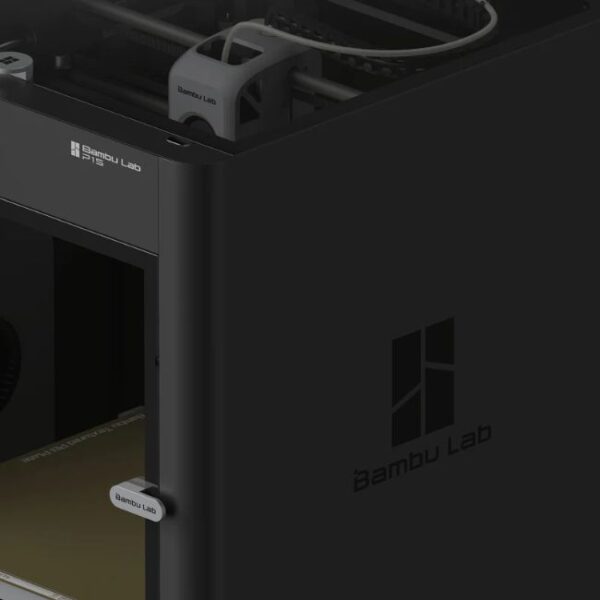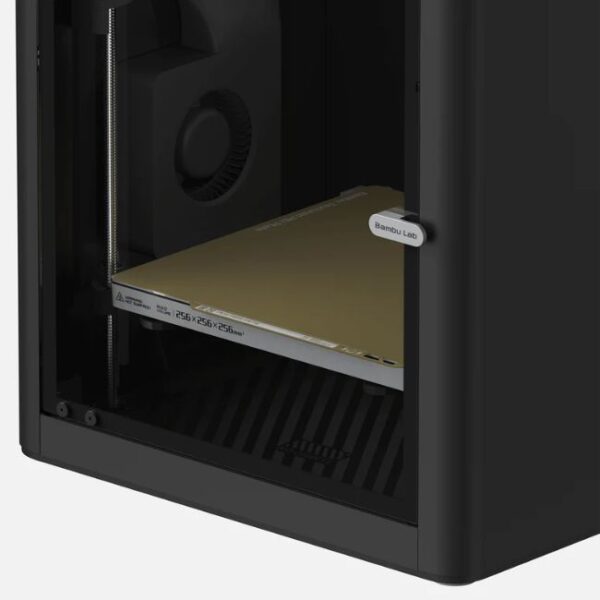L’imprimante 3D P1S de Bambu Lab fait partie de la gamme d’imprimantes 3D FDM grand public de haute qualité et à faible coût du fabricant éponyme. S’appuyant sur le design de la P1P, l’imprimante P1S se concentre sur un design plus avancé, avec des pièces améliorées et un châssis plus durable. La P1S a même été testée par les équipes de 3Dnatives afin de la mettre à l’épreuve.
Caractéristiques de l’imprimante 3D Bambu Lab P1S
La Bambu Lab P1S est prête à l’emploi, dès sa sortie de la boîte, une caractéristique que l’on retrouve dans toutes les imprimantes de la marque. Cependant, elle présente quelques améliorations par rapport à la P1P. Tout d’abord, le poids de l’imprimante est passé à 12,9 kg, en partie grâce à la coque en plastique et en verre. La Bambu Lab P1S est également équipée d’un ensemble intégré de ventilateurs de refroidissement et de régulation en boucle fermée, ainsi que d’un filtre à air à charbon actif.
L’imprimante P1S est livrée en standard avec un calibrage automatique du plateau et une compensation intégrée des vibrations et de l’extrusion. Dans l’imprimante, le plateau d’impression est conçu pour un chauffage et un refroidissement rapides, pouvant atteindre jusqu’à 100℃, et une température maximale de 300℃ à l’intérieur de la buse chaude entièrement métallique en acier trempé. L’imprimante peut facilement prendre en charge quelques types de filaments supplémentaires par rapport à la P1P, notamment l’ABS et l’ASA. Avec un détecteur de fin de filament, un extrudeur à entraînement direct et des courroies de tension semi-automatiques, la P1S est prête pour durer au cours de nombreuses impressions.
L’imprimante P1S de Bambu Lab se synchronise de manière transparente avec le logiciel de découpe de Bambu Lab – Bambu Studio, et dispose de capacités supplémentaires pour la surveillance à distance et l’enregistrement de time-lapse sur des appareils mobiles grâce à l’application pour téléphone, Bambu Handy. L’imprimante 3D P1S comprend l’imprimante elle-même, le hotend, le plateau d’impression, une bobine de filament PLA, l’épingle de débouchage et la boîte d’accessoires. Comme la X1, l’imprimante P1S est également compatible avec le système de stockage de filament Bambu Lab AMS et peut être achetée avec l’AMS ou séparément pour un prix compris entre 699 et 950 USD.





